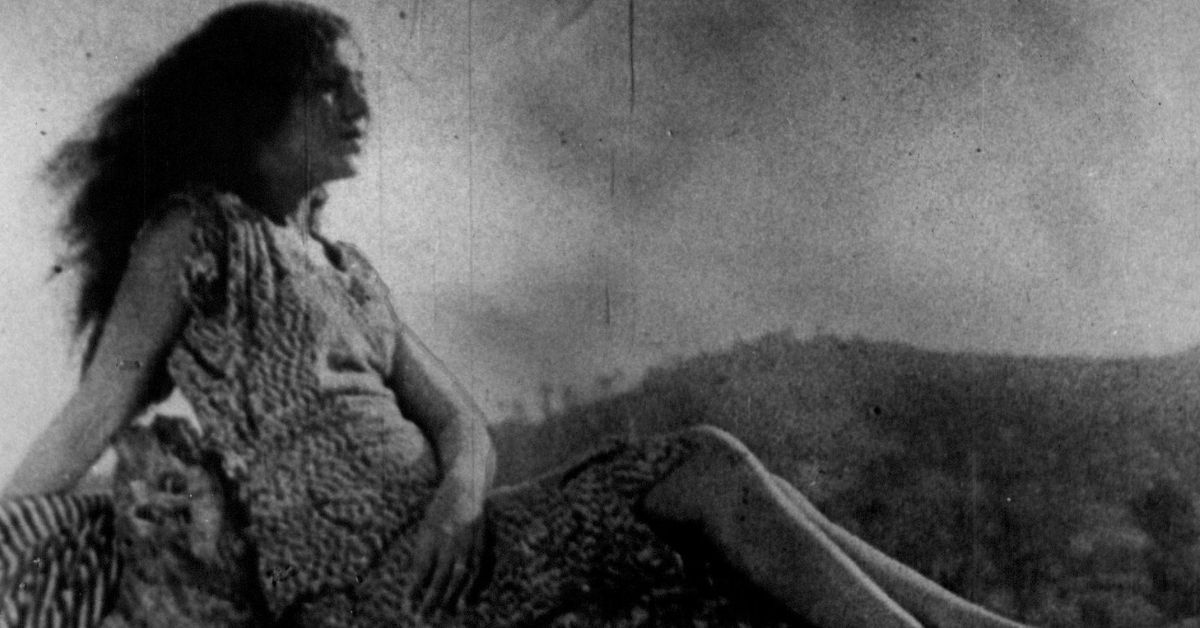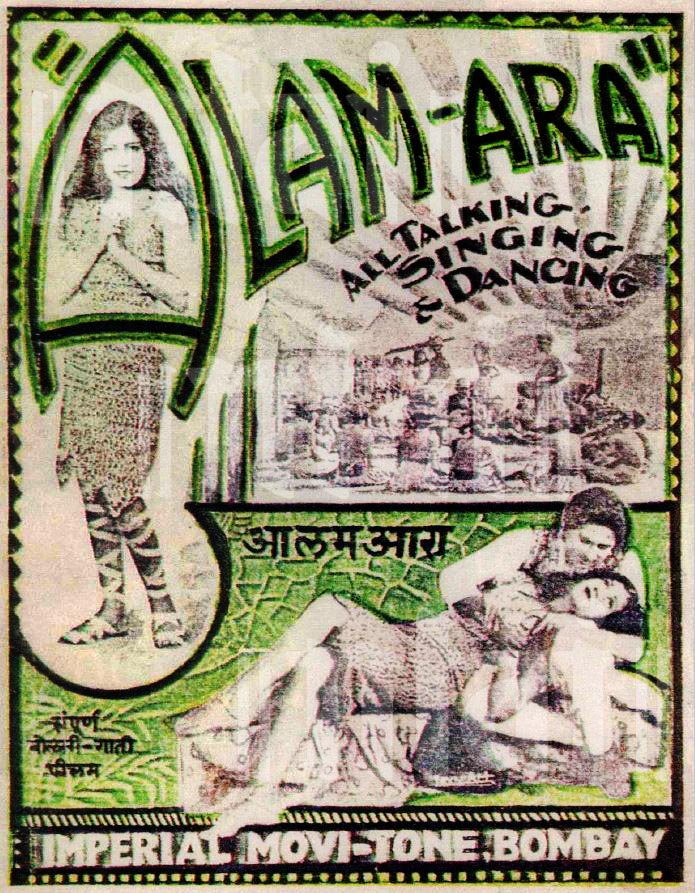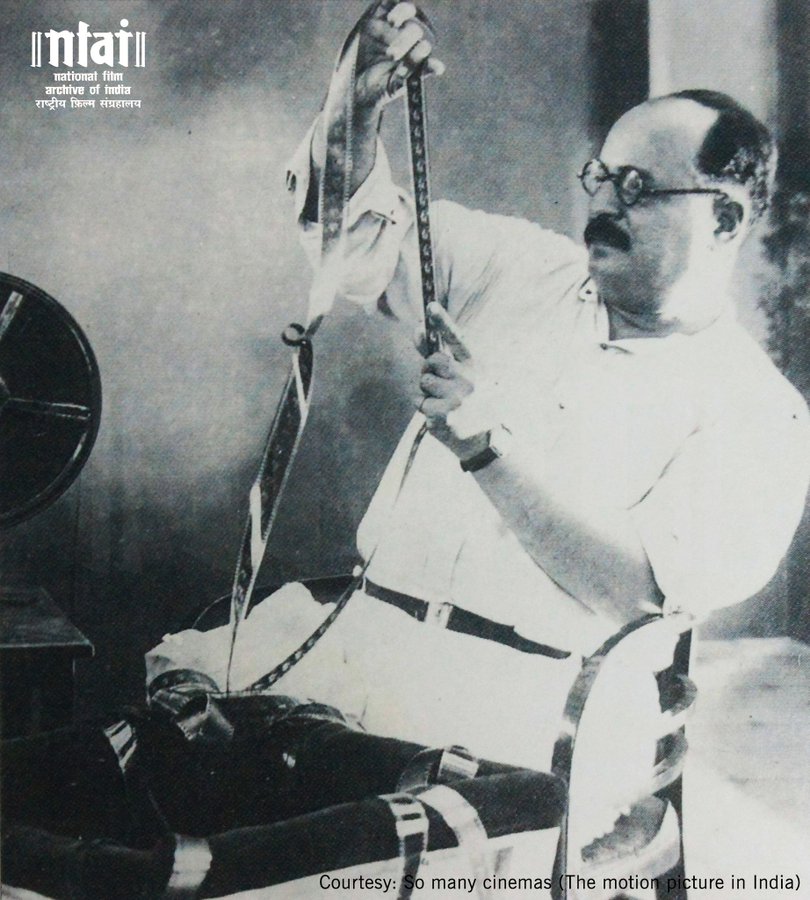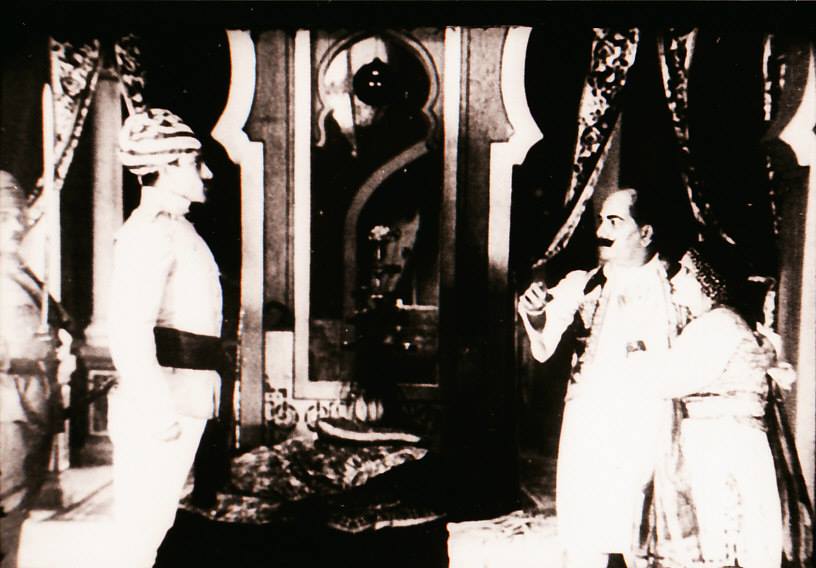India’s First Talkie Set Off a Riot, And Didn’t Even Have Any Sound Equipment!
Post the overwhelming response of Alam Ara, director Ardeshir Irani went on to make several films including India’s first colour feature film ‘Kisan Kanya’ before he passed away in 1969.

78 murde insaan zinda ho gaye. Unko bolte dekho? or as the English tagline ran: All living. Breathing. 100 per cent talking. This is how director Ardeshir Irani advertised India’s first ever talkie or sound film—Alam Ara in 1931. The tagline worked like a charm and created waves across Bombay (now Mumbai) in no time. Interestingly, the first Indian talking picture was made without any sound equipment!

And as some sources say, it all started with a lottery win.
Irani was born into a Pune-based Parsi family in 1886. An alumnus of Bombay’s J J School of Arts, Irani was a school teacher before he embraced the entertainment industry. Following in his father’s footsteps, he dealt with phonographic equipment and musical instruments.
Interested in bowling? Here’s a Wooden Roly Bowly Pins Set, which is 100% safe, natural and eco-friendly.
Legend has it, that Irani won Rs 14,000 in a lottery and decided to finance his movie-making passion. 
With the majority of Mumbai spoke Marathi and Gujarati, Irani made the film in Hindustani language (mix of Urdu and Hindi) to reach a wider audience. In an era where the theme of mythology ruled the silent movies, Irani chose the unconventional path and adapted a popular play written by the Bhagdadi Jew dramatist—Joseph David.
Once the plot was chosen, Iran got down to the logistics.
As the movie was to be shot at his studio, the shooting took place between 1 AM and 4 AM as the racket of the passing trains drowned all other sounds. The movie was completed in four months and was shot in Tanar single-style camera that captured the sound directly onto the film. Furthermore, to capture sound, the actors had to walk around and act with huge microphones inside their clothes. With no music recording studios available in those days, Irani had to call harmonium and tabla players to the set for the background music and songs. The musicians had to hide behind trees to stay out of the frame.
Upon learning that the audience would be able to listen to the voices of the actors, ticket prices skyrocketed from four aanas (25 paisa) to Rs 5—a huge sum in those days.
The excitement and craze for the talkie (or halti chitra/moving pictures, as coined by Dada Sahab Phalke) with sound was made without any sound equipment? reached such a fever pitch that riots broke out as the crowds went rogue. And as for Majestic Cinema in Mumbai, the police had to be brought in to control the mob.
“. . . theatre was mobbed. Tickets were unavailable for weeks and the police was called in to control a riotous mob,” writes film historian B.D. Garga in his book, Art of Cinema.
The movie had a successful run for the next eight weeks. The film unit even went on a tour with projection equipment to let people experience the newly-born cinematic masterpiece.
The Plot
The plot revolves around two childless queens (Navbahar and Dilbahar) of Kumarpur. When a fakir predicts that Navbahar will soon be pregnant with the child of the army chief Adil, Dilbahar tries to destroy their lives. The baby born is named ‘Alam Ara’ (which translates to ‘The Ornament of the World’) who exposes Dilbahar’s intentions in the end. 
It is believed that Mehboob Khan (the legendary director who made the classic, Mother India) was chosen to play the lead but was later dropped as Irani wanted a commercially known face.
He opted for the Marathi actor Master Vithal as the lead actor and Prithviraj Kapoor, a blessing for the Indian cinema, best known for the role of Emperor Akbar in Mughal-E-Azam.
A young girl by the name of Zubeida was chosen to play the female lead. Interestingly, she sang most of the songs and introduced the concept of playback singing in the country. Irani even hired a watchman who sang the famous song ‘De de khuda ke naam par’.
After Alam Ara
Post the overwhelming response of Alam Ara, Irani went to make several films including India’s first colour feature film ‘Kisan Kanya’ before he passed away in 1969.
Even though Irani scripted history, there is no copy of Alam Ara available. 
“It’s a sad commentary that we, as a country, have not been able to preserve even a single print of that film, not even in poorly-kept condition. ‘Alam Ara’ pioneered something extraordinary and it should have been preserved like the majestic Taj Mahal,” Shivendra Singh Dungarpur, an award-winning filmmaker told Hindustan Times.
Since Alam Ara, Indian cinema has gone through a glorious journey, making its presence felt across the world.
Alam Ara turned 88 this year and we have come a long way since then. Today, our movies boast of every modern production technique, celebrity families (like the Kapoor clan) versatile actors, fancy shoot locations, peppy dance numbers and most importantly, the glamour and glitz of the industry.
Yet, in my opinion, that generation is and will always remain more fortunate to witness the cinematic marvel that became an instant rage!
Also Read: 5 Women Who Challenged the Status Quo To Become ‘Firsts’ in Indian Cinema
Featured Image Source: National Film Archive of India/Facebook
(Edited by Saiqua Sultan)
Like this story? Or have something to share?
Write to us: [email protected]
Connect with us on Facebook and Twitter.
This story made me
- 97
- 121
- 89
- 167
Tell Us More
We bring stories straight from the heart of India, to inspire millions and create a wave of impact. Our positive movement is growing bigger everyday, and we would love for you to join it.
Please contribute whatever you can, every little penny helps our team in bringing you more stories that support dreams and spread hope.




















